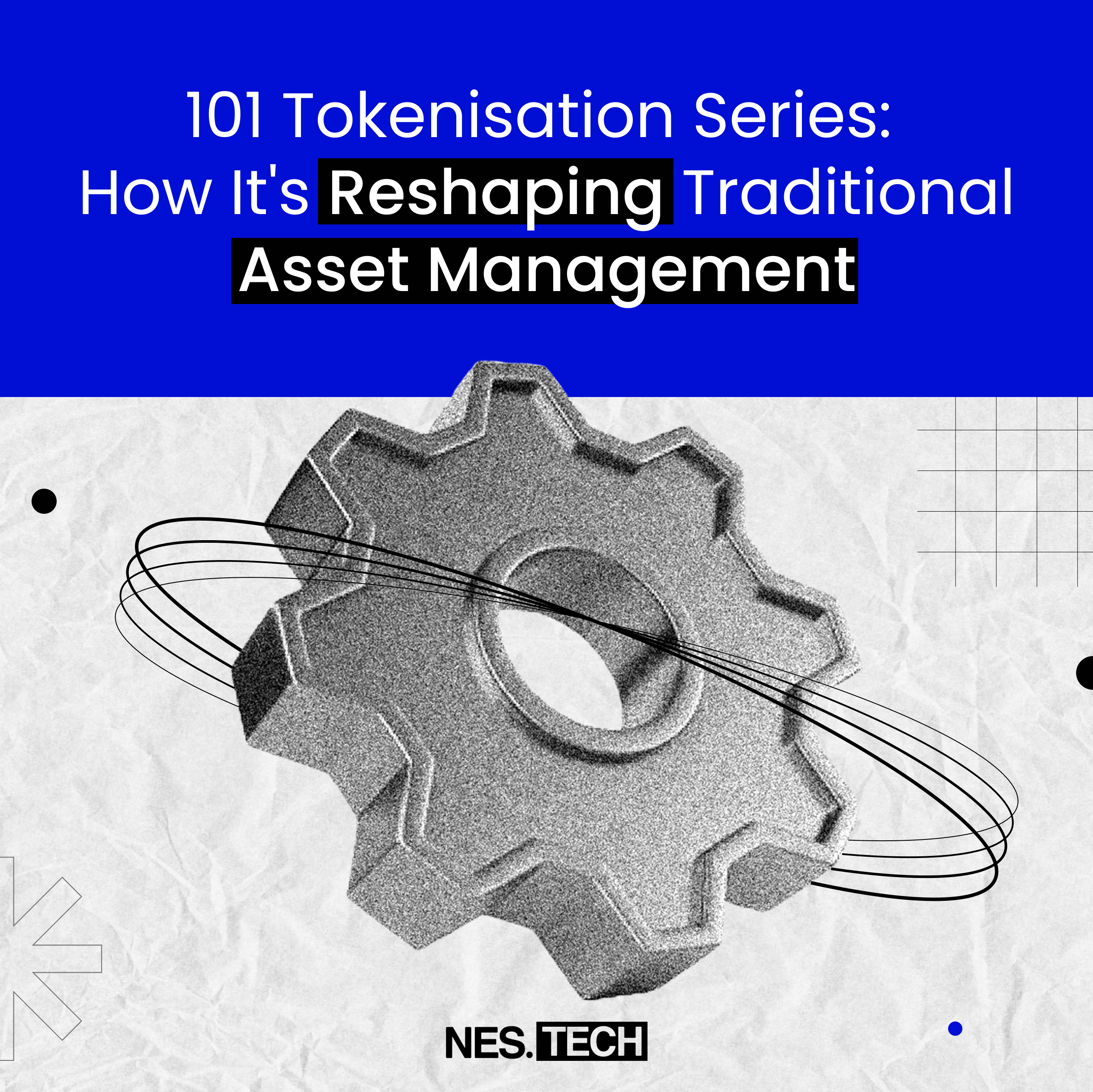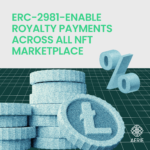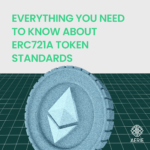Tokenization: How It’s Reshaping Traditional Asset Management

In the vast landscape of finance, traditional asset management has long been a sturdy but rigid structure. However, the cracks in this conventional system have become increasingly apparent, leaving users grappling with several issues. . From cumbersome paperwork to limited market access, these issues created barriers for many who wished to enter the investment arena.
The Problems with Traditional Asset Management :
1. Limited Accessibility
Traditional asset management often required a significant financial threshold, leaving smaller investors on the sidelines. The exclusivity of high entry barriers meant that only the affluent could partake, excluding a vast majority from potential wealth-building opportunities.
2. Lack of Transparency
Opaque processes and a lack of real-time information made it difficult for investors to track their assets’ performance accurately. This lack of transparency bred mistrust and left investors in the dark about the actual value and risks associated with their investments.
3. Inefficiency and Time Constraints
Tedious paperwork and lengthy processing times characterized traditional asset management. The cumbersome administrative processes not only deterred potential investors but also created inefficiencies, leading to delayed transactions and updates.
The Consequences: What Investors Faced
As a result of these challenges, many potential investors were deterred from participating in the financial markets. The exclusivity and lack of transparency created an environment where only a select few could navigate and benefit, leaving others with limited options for growing their wealth.
Tokenization:- A Game-Changer in Asset Management
1. Breaking Down Barriers
Tokenization has emerged as a revolutionary solution, breaking down the barriers that once hindered accessibility. By fractionalizing assets and representing them as tokens on blockchain networks, it allows investors to participate with smaller amounts, democratizing access to a wide range of assets.
2. Enhanced Transparency
Blockchain, the underlying technology of tokenization, offers an immutable and transparent ledger. Every transaction is recorded and visible to participants in real-time, providing an unprecedented level of transparency. Investors can now track the value and performance of their assets effortlessly.
3. Streamlining Processes
Tokenization eliminates the need for extensive paperwork and streamlines processes through smart contracts. These self-executing contracts automate tasks, reducing administrative overhead and ensuring faster, more efficient transactions. Investors can now engage in real-time trading without the bureaucratic hurdles of the past.
Reshaping the Investment Landscape
Tokenization’s impact extends beyond just solving problems — it’s reshaping the entire landscape of asset management. With newfound accessibility, transparency, and efficiency, more individuals can participate in investments, fostering financial inclusion and leveling the playing field.
As we witness the rise of tokenization, it’s crucial to acknowledge its potential challenges, as mentioned in various sources. However, these challenges are actively being addressed, and the future of asset management appears more inclusive and dynamic than ever before.
In conclusion, the rise of tokenization marks a transformative era in traditional asset management. The barriers that once confined investors are crumbling, giving rise to a more open, transparent, and efficient financial landscape.









